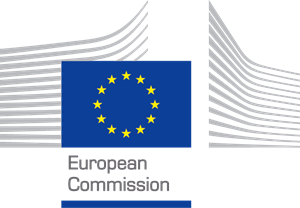Design of novel antimicrobial, antiviral, and antifungal nanocoatings for everyday surfaces.

Project MIRIA: Development of antimicrobial, antiviral, and antifungal nanocoatings for everyday surfaces.
Since the end of 2019, the spread of COVID has deeply changed our lifestyle, resulting in historical events and decisions, such as the EU block of non-essential travel among countries, affecting the whole EU society economically and psychologically. However, as reported in the HERA target priorities, the persistence of the emergency status requires daily actions that tackle the spread of COVID.
In this economical, societal and clinical context, the project MIRIA aims to develop wide-range-antimicrobial nanocoatings to be used in hospitals and other environments where cross-contamination and contagion risk are significant issues.
In the wake of the covid outbreak, there has been large concern about infection spread of pathogens (i.e., bacteria, fungi, virus, and specifically SARS-CoV-2) via high traffic surfaces (i.e., medical equipment). State of the art and commercial products coating solutions that both target a range of mixed pathogens and different surfaces (e.g., glass, metal, textile) are unfortunately scant. MIRIA solutions aim to fill this void, impacting on EU health, both directly (by creating public safe environments) and indirectly (by reducing COVID spreading and decreasing ill-related work absences and psychological pathologies).
The goal is a reduction of the work absence of at least 5% with respect to the 2020 value (15M in EU. MIRIA main challenging ambition is to develop nanocoatings with a 99.99% effectiveness against a wide range of pathogens, especially SARS-CoV-2. This is based on a four pieces puzzle: the knowledge in anti-microbial materials, nanopowders, nanocoating and pilot plant conduction. These nanocoatings are brought to pilot scale (TRL6) and, within 3 years after the end of the project, they are foreseen to enter the market (TRL9). The exploitation of MIRIA outputs deeply involves SMEs and the dissemination plan will follow a spill-over strategy in order to involve public and private stakeholders.
Our main tasks
-
- Coating design
-
- Molecular modelling
-
- Energy and mass analysis
-
- Modelling optimisation
-
- Energy and mass analysis
-
- Cost and life cycle assessment
Partners
ALVO MEDICAL | CEA | CELLCOMB | CNRS | CONSORZIO INTERUNIVERSITARIO NAZIONALE PER LA SCIENZA E TECNOLOGIA DEI MATERIALI | HELIOENERGIA | IDENER.AI | INSTITUTE OF NON-FERROUS METALS | MILLIDYNE SURFACE TECHNOLOGY | PROTECT SURFACE TECHNOLOGIES | RINA CONSULTING | SÜDMETALL | TAKIS BIOTECH | UNIVERZITA KARLOVA | VTTStart date – finish date
06 / 2022 - 05 / 2026

This project has received funding from the European Union’s Horizon 2020 research and innovation programme under grant agreement Nº 101058751

